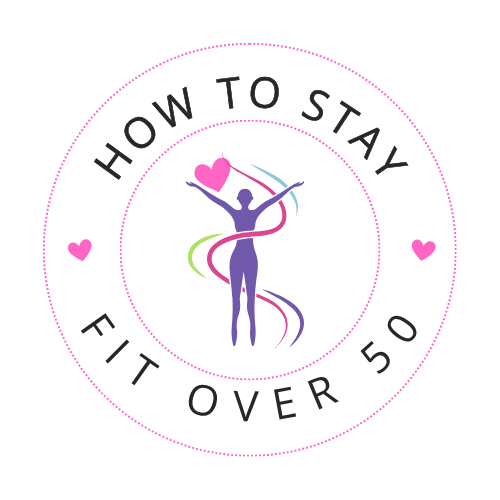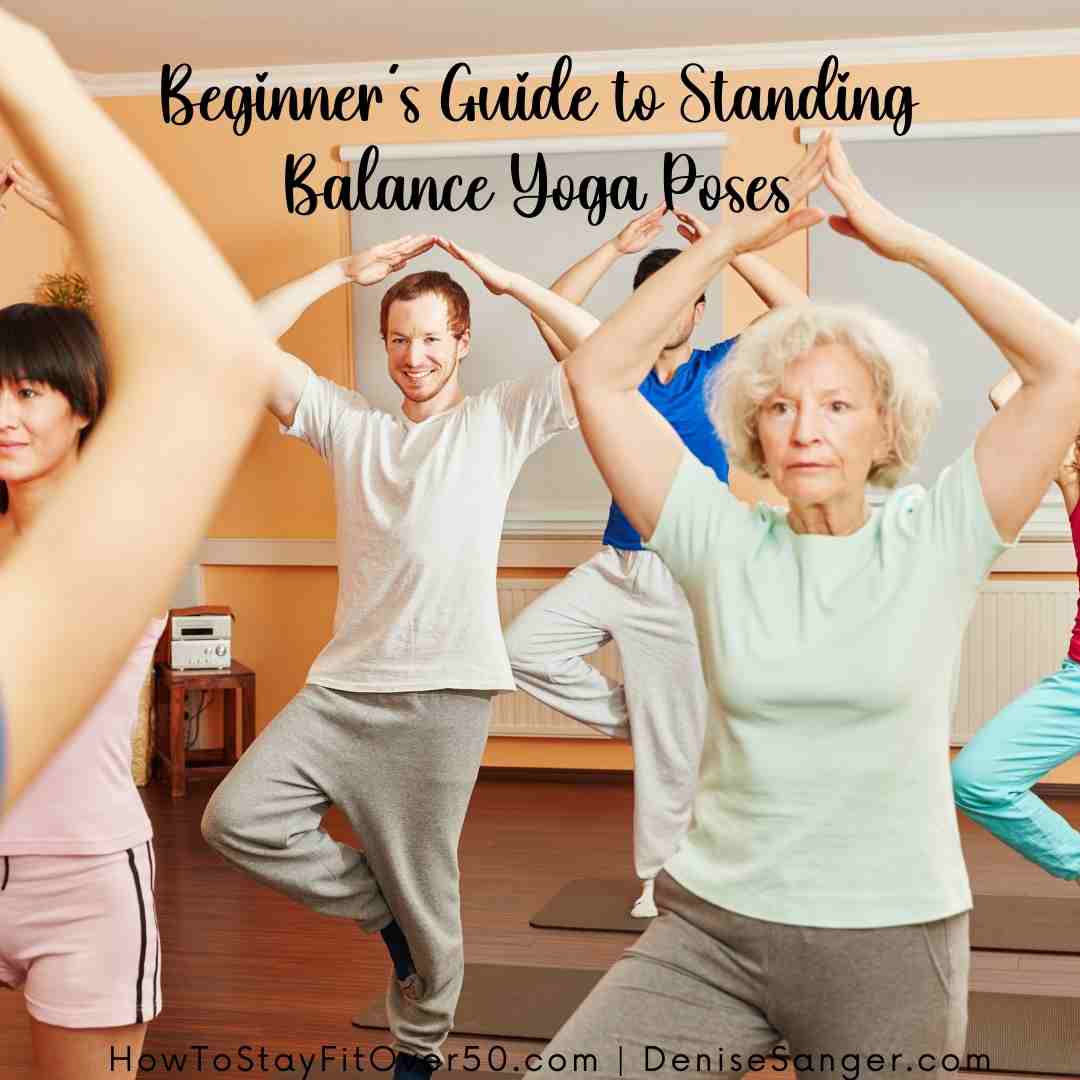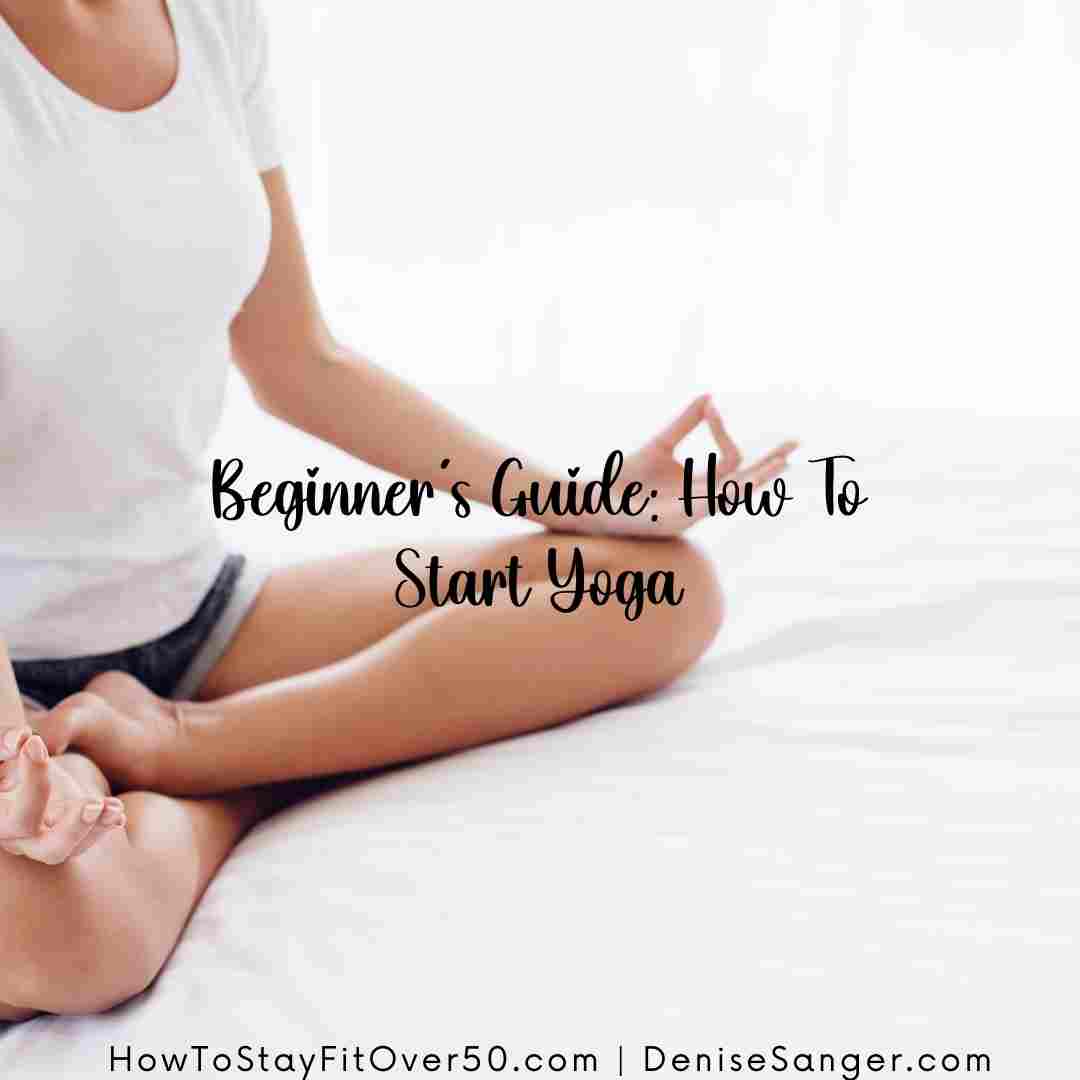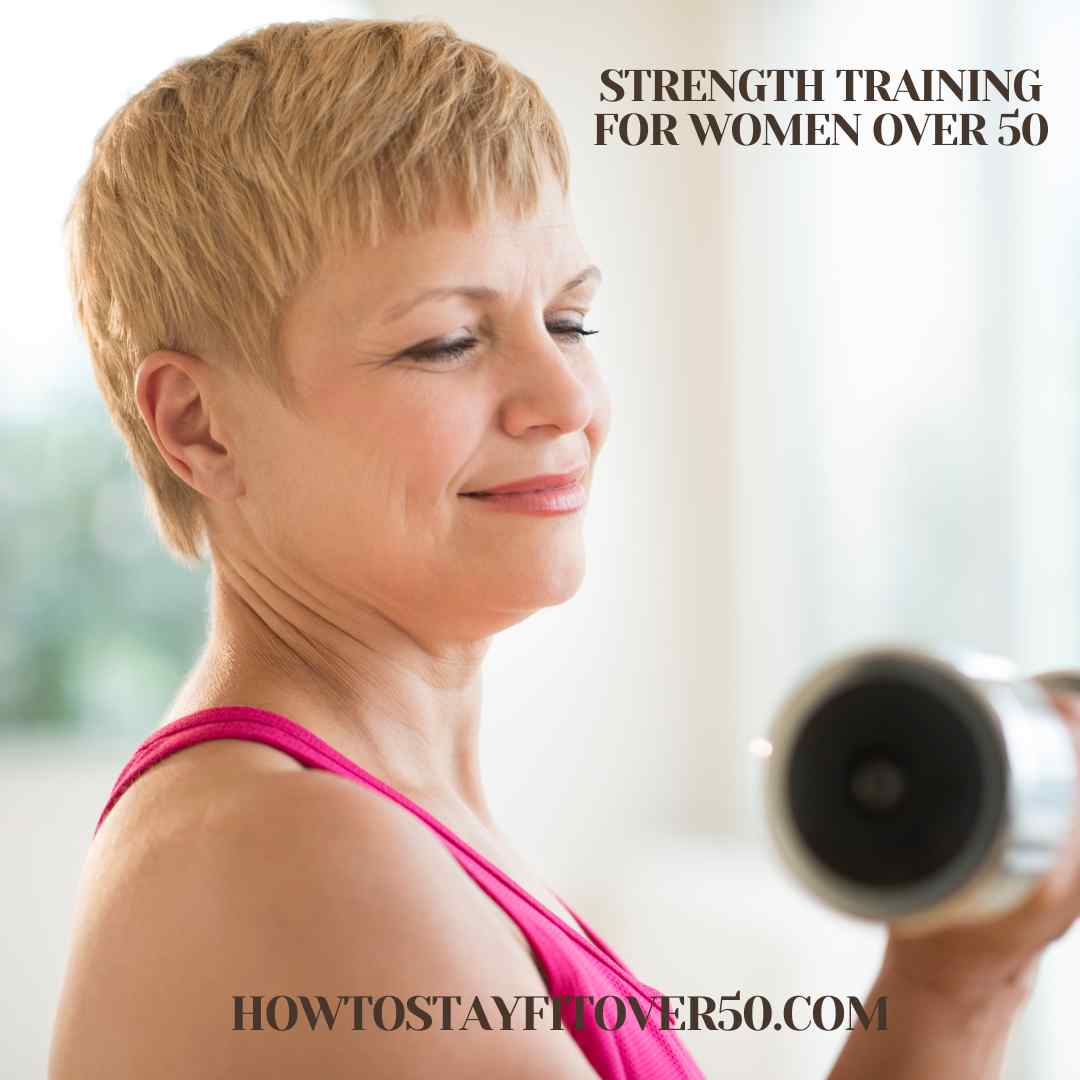We may earn money or products from the companies mentioned in this post.
Standing balance yoga poses are a great way to improve your balance, strengthen your core, and increase your overall flexibility. Whether you’re a beginner or an experienced yogi, these poses can help you achieve a greater sense of balance and stability in your practice.
In this guide, we’ll explore some of the most popular standing balance poses and provide tips to help you master them.
Start with a solid foundation.
Before attempting any standing balance yoga pose, it’s important to start with a solid foundation. Begin by standing with your feet hip-width apart and grounding down through all four corners of your feet. Engage your core muscles and lengthen through your spine, keeping your shoulders relaxed and away from your ears. This strong foundation will help you maintain balance and stability throughout the pose.
Engage your core muscles.
Engaging your core muscles is essential for maintaining balance in standing balance yoga poses. Your core muscles include your abdominal, lower back muscles, and pelvic floor muscles. To engage your core, draw your belly button in towards your spine and lift your pelvic floor muscles. This will help stabilize your torso and prevent you from tipping over. Remember to keep your breath steady and relaxed as you hold the pose.
Focus on your breath.
One of the most important aspects of standing balance yoga poses is maintaining a steady and relaxed breath. As you hold the pose, focus on taking slow, deep breaths in through your nose and out through your mouth. This will help calm your mind and keep you centered. If you find yourself holding your breath or breathing shallowly, take a moment to pause and reset before continuing with the pose. With practice, you’ll find that focusing on your breath becomes second nature during your yoga practice.
Use props to assist you.
Don’t be afraid to use props to help you maintain balance in standing balance yoga poses. A yoga block can be placed under your hand for support in poses like Triangle or Half Moon. A strap can be used to help you reach your foot in poses like Dancer or Tree. And a wall can be used for support in poses like Warrior III or Handstand. Using props can help you feel more stable and confident in your practice, allowing you to deepen your poses and improve your balance over time.
Practice regularly and be patient with yourself.
As with any new skill, it takes time and practice to improve your balance in standing yoga poses. Don’t get discouraged if you wobble or fall out of a pose – it’s all part of the learning process. Try to practice these poses regularly, even if it’s just for a few minutes each day. Over time, you’ll notice improvements in your balance and strength. Remember to be patient with yourself and enjoy the journey!











